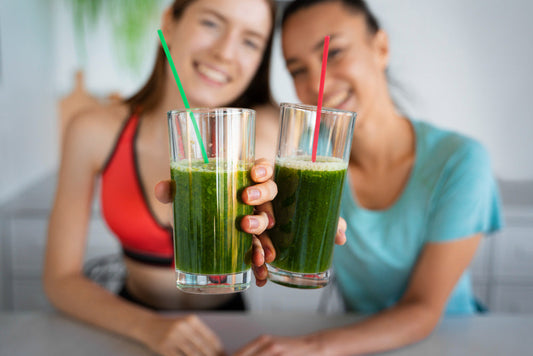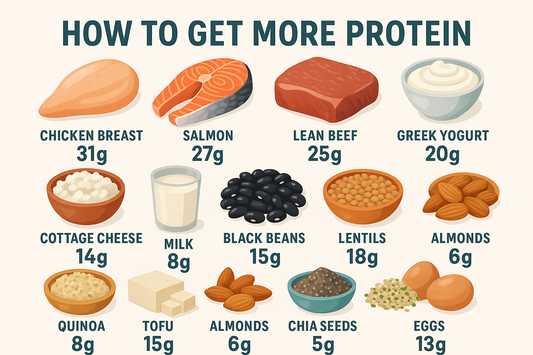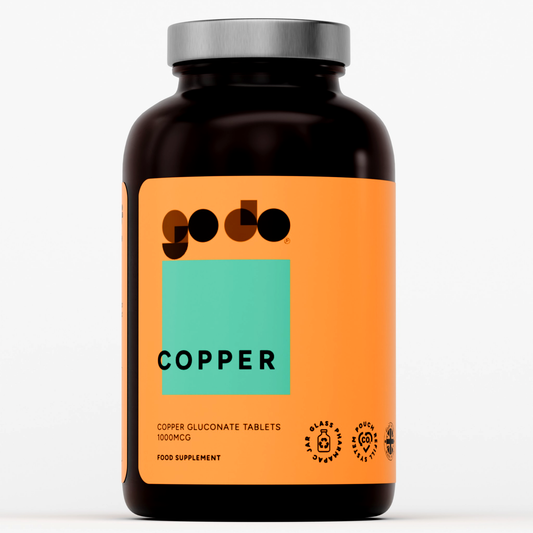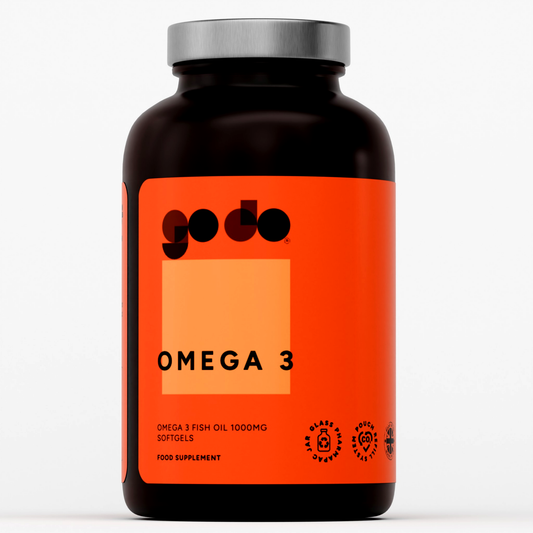
The glycaemic index (GI) of a carbohydrate-based food denotes the level at which glucose levels intensify in the blood after ingestion of fifty grams of that particular food. The glycaemic index for a food is chiefly determined by how rapidly consumed carbohydrate is accessible to enzymes in the small intestine for hydrolysis and consequent absorption.
Sequentially, gastric draining and the physical handiness of a starch or sugar to intestinal enzymes govern a food’s intestinal digestion rate. Individuals can take advantage of both lower- and higher- glycaemic carbohydrate-based foods for different purposes. For example, ingestion of high-glycaemic food sources is vital to maintenance of blood glucose levels during lengthy aerobic endurance exercise and for speedy recovery of muscle glycogen directly after an exercise spell. That said, people can ingest more gradually absorbed, unrefined, complex carbohydrate to augment muscle carbohydrate storage between exercise sessions. Ingestion of lower-glycaemic index carbohydrate avertsintense fluctuations in blood glucose while upholding an extended, low-level blood glucose exposure to the formerly exercised muscle during sustained recovery.
Foods such as;
Brown rice
Whole-grain pasta
Multi-grain breads
These all have sluggish absorption rates , making them low (GI) glycaemic index foods .
Interestingly, complex carbohydrate foods do not,at all times, have a lower glycaemic reaction than simple sugars because cooking reworks the integrity of a starch granule, producing a higher glycaemic index.
Using white bread as a standard (it has a GI of 100), some of the lower glycaemic index foods are non-salted peanuts (with a GI of 21), low fat yoghurt with artificial sweetener (a GI of 20), carbohydrate foods with barley (a GI of 36), products with fructose (one of the sugars with a remarkably low GI of 27), grapefruit (a GI of 36), cherries (a GI of 32), chickpeas (a GI of 39) and kidney beans (also a GI of 39).
Bibliography
1. Baechle, Thomas R., and Roger W. Earle. NSCA Essentials of Strength Training and Conditioning. 2nd Edition. Champaign, Illinois: Human Kinetics, 2008.
2. Campbell, Bill I., and Marie A. Spano. NSCA’s Guide to Sport and Exercise Nutrition. Champaign, IL: Human Kinetics, 2011.
3. Starr, Bill. The Strongest Shall Survive. New York: Bill Starr, 1999.










